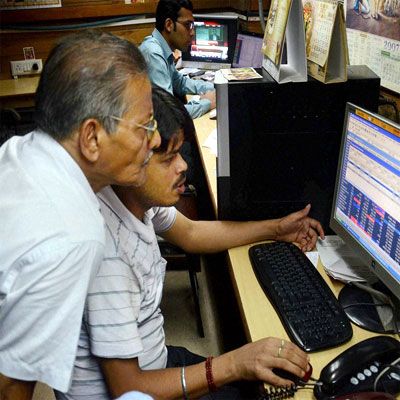Most sought-after market of the past few years doesn't feature among top bets in Asia, emerging markets
 High relative valuations amid weak earnings delivery is costing India its earlier tag of most-preferred destination among Asia and emerging markets (EMs).
High relative valuations amid weak earnings delivery is costing India its earlier tag of most-preferred destination among Asia and emerging markets (EMs).
In calendar 2013, 2014 and the better part of 2015, India was the highest recipient of global fund flows in EMs and Asia (excluding China and Japan). However, over the past few months, foreign investors have been preferring other regional peers and pruning their exposure to India.
As a result, the Indian markets saw more foreign outflow than others in January and February of 2016. In March, after an improvement in risk appetite, India saw foreign inflow of nearly $4.1 billion. However, it was less than Taiwan, which got $5.1 billion, and slightly more than South Korea ($3.1 billion) and Brazil ($2.2 billion). Brazil, however, had seen net inflow of $555 million in January and February, compared to $3 billion outflow from India and around $2 billion in South Korea.
In March, MSCI India rallied sharply but underperformed the MSCI EM for a third straight month.
"India has been the largest overweight position for global funds that invest in Asia and EMs. That is already on its way down and might continue. We are seeing growing appetite for Korea and also Asean (the 10-country Southeast Asian bloc). It doesn't mean investors start selling India but it could get a relatively small portion of incremental flows coming into EMs," says Herald Van Der Linde, head of equity strategy for the Asia-Pacific at HSBC.
Kotak Institutional Equities' quantitative analyst Saifullah Rais, who tracks foreign fund flow into various markets, says allocations to India by global EMs and Asia ex-Japan saw a "large drop" in February.

The sharp inflow in March was largely due to $6 billion into EM-focused exchange traded funds. Reduction in allocations mean India got a lesser portion from the $6 billion inflow than it would have previously. Lesser flows could mean India would underperform its peers in the EM and Asia, which could lead to further pruning of exposure by global funds.
"We've been overweight India since the May 2014 elections. This largely worked, though not in the past three months," says Manishi Raychaudhuri, head of Asia ex-Japan equity strategy at BNP Paribas Securities. "There were several reasons for the recent underperformance. Earnings, for one, are still not picking up due to weak demand in the industrial and rural sectors. The government's legislative initiatives continue to be hindered in Parliament's upper house. Finally, a correction in India's egregious valuation premium to Asian and EM peers seemed overdue."
Following a sharp 10 per cent rally in March, the one-year forward price to earnings multiple for the Sensex has climbed to nearly 15.3. In comparison, the MSCI EM index and MSCI Asia ex-Japan index trade at around 12 times.
"Earnings growth expectations have to be much more realistic. At the moment, the consensus is looking at 17 per cent earnings growth in 2016-17. For us, five per cent looks more reasonable. So, if we see significant downgrades, that could be a time to take a relook at the Indian market," says Van Der Linde of HSBC.
Photograph: PTI










